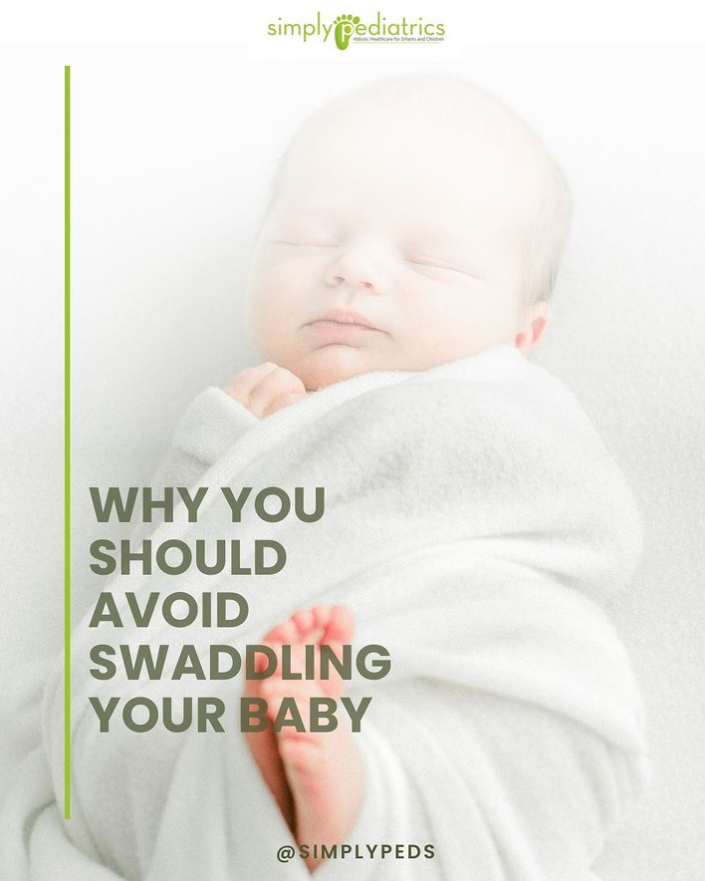
04 Dec Swaddling Risks You Need to Know
Posted at 15:35h
in Uncategorized
In recent years, swaddling products designed to restrict a baby’s movement, such as those with Velcro or weighted features, have gained popularity. These aim to prevent the Moro (startle) reflex, a normal protective response in newborns that should not be suppressed. Such devices may eventually be banned due to risks they pose. Instead, parents are advised to use traditional swaddle blankets with arms positioned upward, allowing the baby to move freely and self-soothe after startling.
Swaddling products claiming to reduce the Moro (startle) reflex are popular but controversial. Swaddles that limit a baby’s arm movement—especially those with Velcro or added weights—pose risks such as increased SIDS, delayed rolling ability, reduced mother-baby bonding, and hindered weight gain. While these products may encourage longer sleep, babies naturally wake frequently for feeding and care in the first 6–9 months.
Restricting a baby’s movement can hinder their development and lead to anxiety. Frequent startling helps babies learn to distinguish between safe and harmful stimuli. For example, a baby may initially startle and cry at a dog’s bark, but with repeated exposure, they recognize it as non-threatening, and their startle response decreases. Movement is essential for the brain to learn and adapt. When a baby’s arms are restricted, the nervous system is still startled, but without physical movement, the brain fails to learn, potentially leading to a more anxious response over time.
Experts recommend using traditional swaddle blankets with arms positioned upward so babies can move freely when startled. Parents should focus on close bonding and embrace an adaptable routine, avoiding rigid sleep expectations during the early months.

